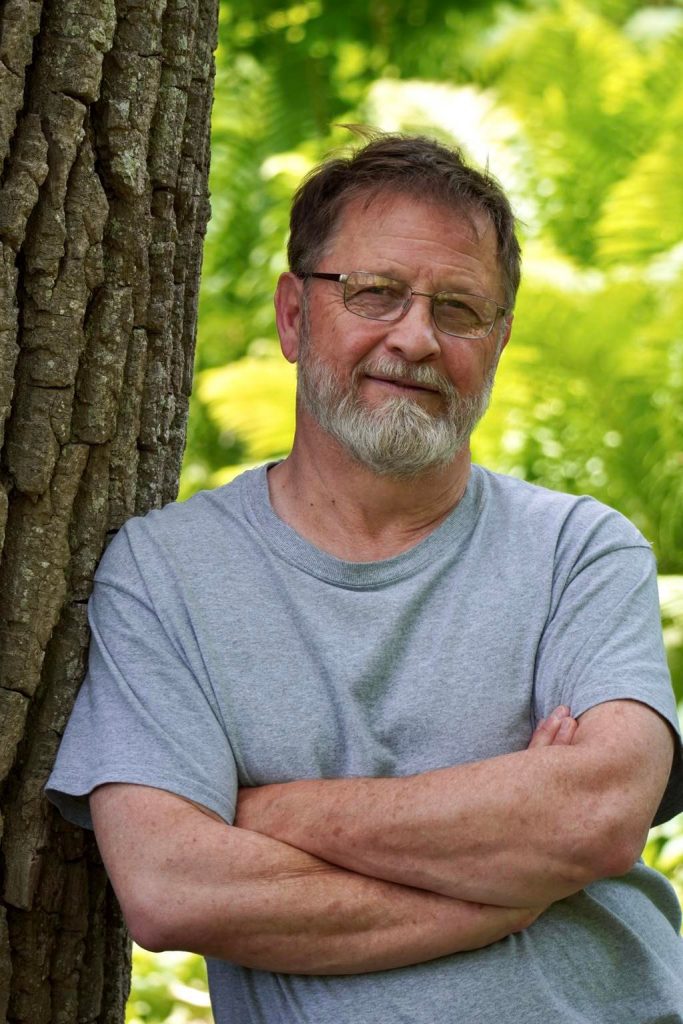May 25 2009
Judy and the Hummingbirds
Judy loves hummingbirds but it has been years since she last saw one. Two summers ago, she purchased a hummingbird feeder and hung it from the lilac bush a few feet from our kitchen window. That allowed me a close-up glimpse of one once but Judy wasn’t so lucky. So for the third year in a row she hung the feeder, hoping for the best. I knew better than to encourage or discourage her.
Judy loves hummingbirds. She loves them so much that she has one tattooed right above her ankle. She says that every time she has seen one she has been on some kind of vacation – with me in the Adirondacks, with a friend on the Maine coast, or elsewhere. More than once she has seen them at rest and has meditated on the fact that even a creature as frenetic as a hummingbird must stop every once in a while. Seeing them when her own life was frenetic, she too has stopped. There is a time for wingbeat intensity and a time to rest.
Many years ago, when I was alone in the Alaskan bush, I awoke almost daily to the low-pitched buzzing sound of a hummingbird hovering just outside my tent. Even then Judy had an affinity for hummingbirds, so I couldn’t help but think that her animal spirit was watching over me. Nowadays I can’t see a hummingbird or the mere image of one without thinking of her. Judy’s existence and the essence of that tiny bird are somehow bound together. Don’t ask me to explain how I know this or why it is so. Some things go beyond words.
A couple days ago Judy put up her hummingbird feeder, hoping for the best. She put up a fuchsia plant next to it, thinking that that might help attract the little busybodies. She was right. Yesterday, just before dusk, I looked out the kitchen window and saw a female. Judy saw it a few minutes later, delighting in the encounter. This morning, we both saw a male hummingbird at the feeder, repeatedly. It looks like Judy has finally succeeded in attracting them to our home. That makes this a red-letter day.
There are times when the wild is in our faces, and other times when it seems elusive. Always it keeps us off-balance, somewhat amazed, unsure what to expect next. That is the wonder and beauty of it. Few creatures illustrate this as well as a hummingbird does, flitting around with such erratic intensity. Maybe that is why Judy, wife of a woods wanderer, loves them so much.
Comments Off on Judy and the Hummingbirds

